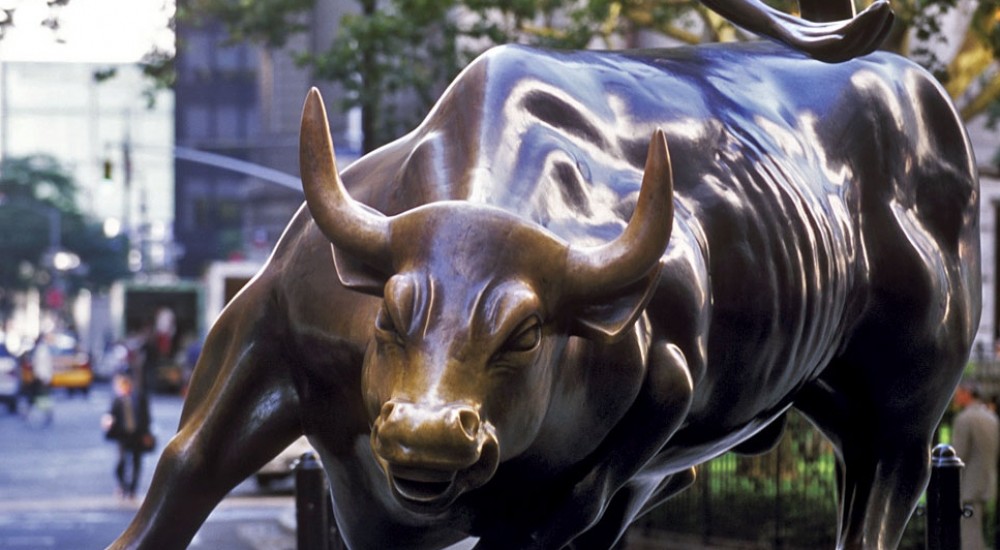Olive Oil has become quite a popular product for many households in Europe and North America. It is reported that olive oil consumption has increased by 100% in North America and by 37% in Southern Europe over the past decade. The issue with olive oil is not its popularity but the extensive black market now surrounding it. Currently the average price for 100% Italian Extra Virgin Olive Oil (500ml) is around £4.45 taking into account Tesco, Waitrose, Sainsbury’s, and the Cooperative. Olive oil is one of the most expensive varieties of oil used for cooking, as it has claimed health benefits, and has become popularised with Mediterranean food.
The black market for olive oil is not something new, throughout history it has often been easily replicated with the use of lard. There is even mafias’ setup on the selling of olive oil, such as the case of Domenico Ribatti, who was sentenced to 13 years in prison during the 90s for dealing ‘faked’ olive oil. Tom Mueller has written both an extensive article on the New Yorker about the ins and outs of olive oil fraud, and has even written a book which is part investigation in the name of: Extra Virginity: The Sublime and Scandalous World of Olive Oil. This black market is particularly attractive, because if caught the sentencing for fraud with foodstuffs is almost negligible in comparison to that of drugs.
Mueller however notes that it is the sheer scale of fraud that is undercutting the honest producers and the artisan oil developers to the point that they either have to join the rest and commit to the fraudulent oil, or risk failing as a business. Current figures are suggesting that Italy sells three times as much olive oil as it produces. Up until 2001 as long as olive oil was bottled in Italy, under EU law it could be sold as Italian Olive Oil, now laws have changed, but this does not alter the fact that some mass producers that are selling the artisan extra virgin olive oil, are not actually using true olive oil production methods. This is a consequence of the economies of scale of brands such as Bertolli and Berio as they are able to use substitutes and mediocre oil to create their “extra-virgin” products, this has two consequences. Firstly, consumers no longer know the taste of true extra-virgin olive oil, and thus if tasting the real product they are unlikely to identify it. Secondly, the Italian farmers who developing true extra virgin olive oil products won’t have a market.
The issue here can be marginally placed on the product itself. Unlike other foodstuffs or oils, olive oil is unique in that to be classified as extra-virgin is a purely subjective view. There are traits that oil should meet to be legally classified as extra-virgin, but through the marketing power of the bigger companies such as Nestle, or Bertolli they effectively have changed the expectation of extra-virgin oil. One of the common fraud methods is the use of hazelnut oil, and deodorizing it with olive essence. It can be chemically proven when an olive oil is not olive oil, but the current scale of fraudulent operations means that recalling each olive oil for testing is out of question.
Flavio Zaramella was a notable producer of olive oil, and now heads an individual tasting panel. Through this panel they are able to clarify the true qualities of oils, and whether they can be considered as extra-virgin. The issue is that his panel for example has lost its E.U. accreditation due to budget cuts for the International Olive Oil Council. Furthermore, Italian authorities do not perform these tests before oil is exported or sold, and testing becomes even more unlikely once it’s on the market.
The main issue here is that the small producers are undercut by the larger producers using substitutes to make cheaper oil, but through market power and branding maintain a high price for an ultimately mislabelled product. It is suggested that around 70% of olive oil that is labelled as extra-virgin is fraudulent. In the United States the FDA has only begun chemical testing last year, and it has become increasingly difficult to identify fake olive oils through chemical testing as there are new substituting methods being used.
Does this ultimately hurt consumers? Or is it simply inappropriate to be sold a mislabelled product; even though the majority of people cannot tell the difference? Well considering there are currently EU subsidies supporting the production of olive oil, it may be worth taking this matter into serious consideration. Even though there is considerable evidence of fraudulent olive oil, the EU maintains the subsidy. This is protecting a fraudulent industry, while still not helping the small Italian based producers. If the subsidies were removed, we may see an inflow of olive oil from Tunisia, Morocco, and Algeria. Currently the big European producers buy oil from the Middle East and North Africa, and go on to rebrand it. If the EU subsidies were removed, it may enable producers from these foreign countries to provide better olive oil at lower prices. Currently the subsidy in Europe is holding up an industry which has chosen to deceive its consumers, removing the subsidy may also reduce the size of the black market in olive oil.
Additionally, due to the subjective nature of viewing olive oil, it is necessary to introduce stricter guidelines in the production and labelling of the product, so consumers actually know what they are getting. It is clear that demand for olive oil is only increasing, as it become common in people’s diet. This growing demand has driven some producers to fraudulent methods and advertising claims, and in the interest of the consumer it is important to eradicate this market behaviour.
Recommended read:
Extra Virginity: The Sublime and Scandalous World of Olive Oil
By Tom Mueller


